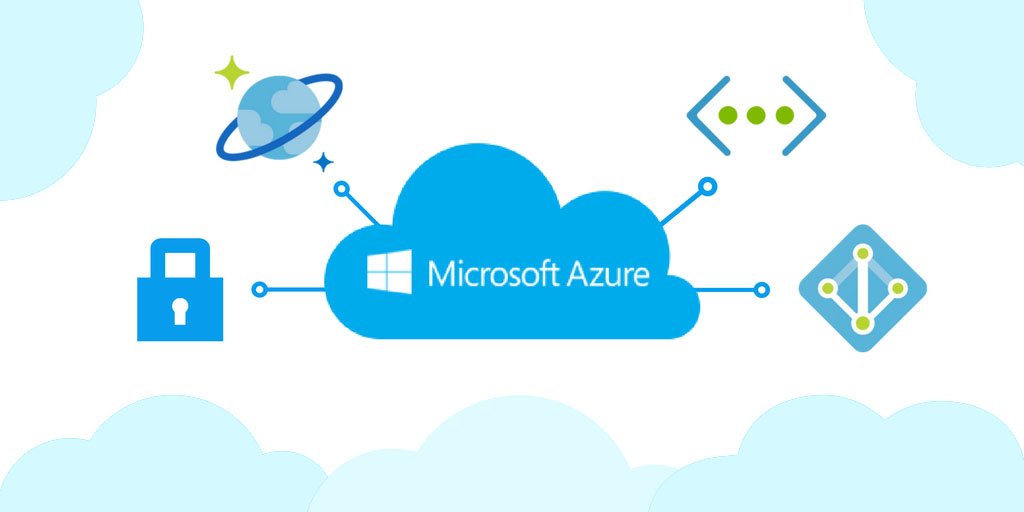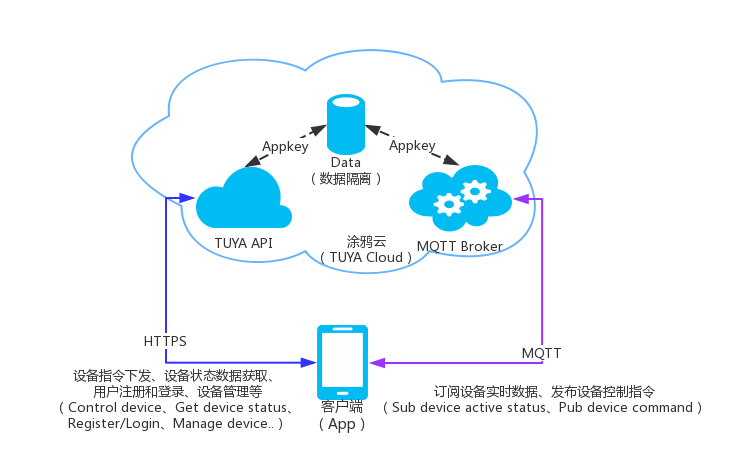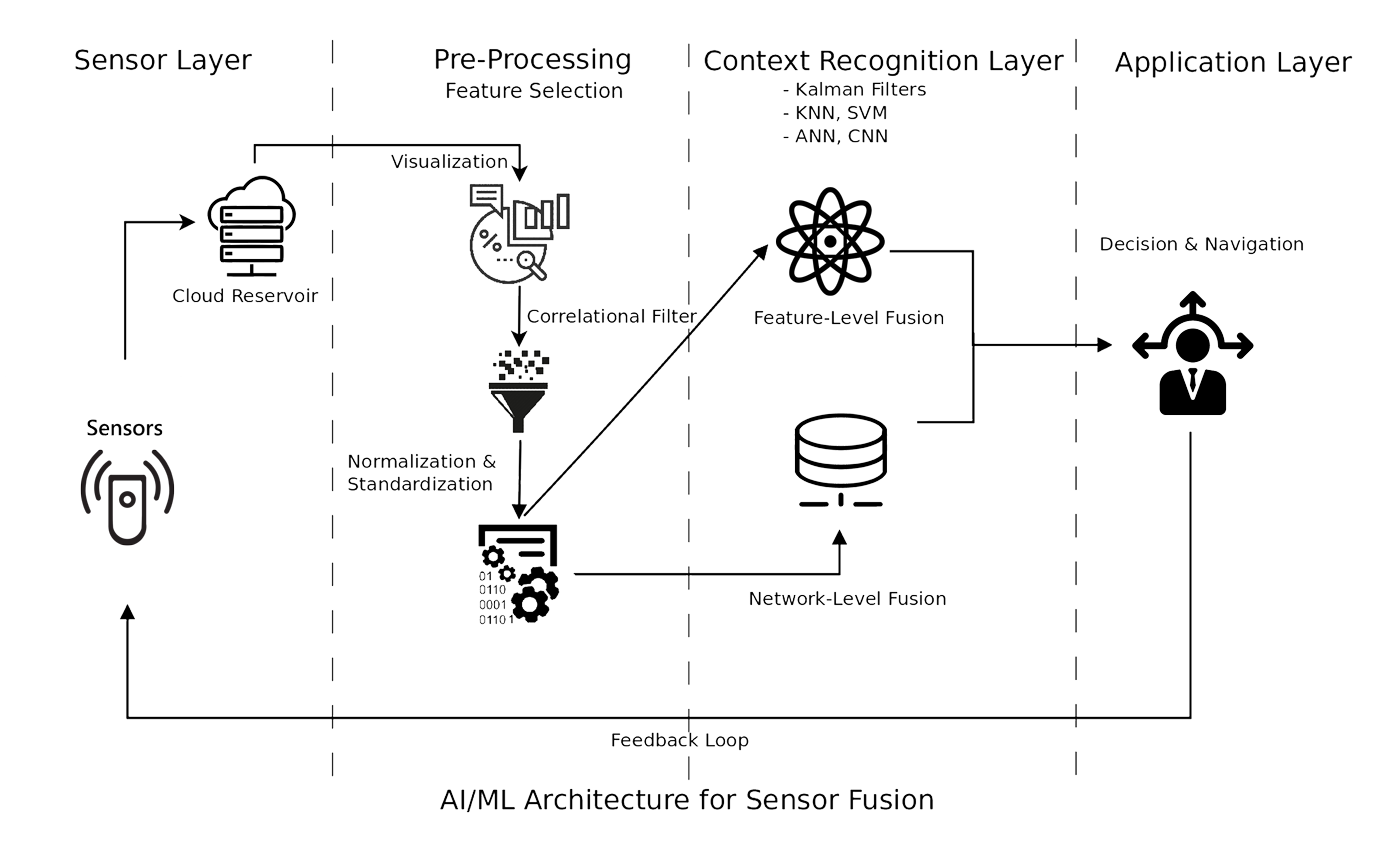CORE
technologies
Technology areas that drive Digital Transformation are internet of things ( IOT), Cloud Computing , Ai/ML and Mobile UX/UI. Xavor has profound expertise in these areas.

Internet of Things (IoT)
IoT Architecture:
Stage 1, Sensors/Actuators/Controllers: It consists of your networked things, typically wireless sensors and actuators/controllers.
Stage 2, The Internet Gateway: It includes sensor’s data aggregation systems.
Stage 3, Edge IT: Edge IT systems perform preprocessing of the data; can use machine learning, before it moves on to the data center or cloud.
Stage 4, The Data Center and Cloud, The data is analyzed, managed, and stored on traditional back-end data center systems.

On hardware side, one is our hands on experience is on different development boards and other is our experience in different sensors and integrating these sensors with development boards for specific environments.
IoT Skills
Development Boards
Arduino MKR family, Raspberry family, ESP family, Ruff family, Ruff gateway, Nordic family, MaxChip development boards
Modules
Siemens PLC, Face detection, Audio Record and Playback
Sensors
Air Quality sensor, Power consumption sensor, Gesture Sensor, Pressure Sensor, temperature & humidity Sensor, proximity Sensor and electric mic etc.
Tool & Technologies
Arduino IDE, STEP 7-MicroWIN SMART IDE, Visual Studio Code, Ruff Gateway OS, Espressif IoT Development Framework (ESP-IDF), Restful Services, Azure IoT Hub, Azure IoT Suite
Languages
C/C++, NodeJs, Ladder logic programming, C#
Cloud Computing

Microsoft Azure Cloud
Xavor quickly deploys Microsoft (Azure) Cloud technologies to meet the complex and ever-growing needs of today’s enterprises as well as bringing cost effective solutions to SMBs.
Collaborative Workflows and Document Management
Xavor delivers rich workflow and document collaboration experience with deep integration with SharePoint (Cloud), Office 365 and OneDrive.
Mobile Workforce Enablement
Xavor’s Microsoft Azure Mobile Services team specializes in enabling next-Generation business workflows on mobile devices leveraging Microsoft Azure Cloud services.
Enterprise Integration and Hybrid Cloud Solutions
Maximize your ROI on existing legacy systems and minimize business disruption by carefully managing your migration path to the cloud.
Xavor leverages the power of the Microsoft (Azure) Cloud to make your enterprise applications globally available, scalable and cost effective.
- A complete Microsoft enterprise applications offering for the cloud including CRM, ERPs, CMS, Storage, Mobile and Directory services etc.
- Deliver the solution that best matches your budgets and needs by building on top of different Microsoft Cloud offerings such as:
- Infrastructure as a service (IaaS) e.g. Hosting VMs running MS Dynamics
- Platform as a service (PaaS) e.g. Compute, Big Data, Business Intelligence services etc.
- Software as a Service (SaaS) e.g. SharePoint Online, One Drive, Office 365
Amazon AWS Cloud

With Xavor’s deep knowledge and expertise of the Amazon Web Service (AWS) Cloud, we are uniquely placed to take your enterprise applications to the Amazon Cloud, the largest and most popular cloud ecosystem.
Cloud scenarios that have brought tangible benefits for countless organizations. Xavor Corp strongly recommends enterprise analyze their needs and consider the following scenarios
- Migrate existing on-premise systems to the Cloud
- Modernize and extend custom legacy apps for the Cloud
- Enable new workflows and streamline existing ones with Cloud based mobile apps
- Extend on-premise infrastructure into the Cloud.
- Build a private cloud (due to governance or technical compulsions)
- Leverage hybrid cloud solutions to enable a gradual move to the cloud.
- Enable data aggregation, mining and analytics across legacy systems such as ERPs, CRMs and PLMs.
- Build new cloud based workflows and reporting scenarios on top of Legacy systems (both on-premise and cloud).
Tuya Cloud

– Tuya cloud can access devices from 200 different countries.
– Having a response time of < 3ms.
– Real time data collection that can be later used for analysis.
– Tuya products are compatible with smart speakers from Amazon Echo and Google Home. Moreover, its compatible with IFTTT (platform to connect devices and apps).
– Provides an IP camera with cloud storage to develop smart vision based solutions.
– High level Encryption to secure the data.

AI & Sensor Fusion

Xavor’s AI mission is to make traditional factories smarter by collecting raw data from connected products (sensors) and drive it through different stages of prominence to visualize and draw deep insights for their businesses. Adding ability to learn customer behavior and trends in different circumstances, so that the devices can automatically train themselves for responding to diverse situations.
Major steps in building and deployment of Machine Learning models, based on raw data fusion from different products/sensors are:
Data Off-Loading to Cloud Reservoir
The first and foremost priority is to gather raw data from smart devices and make it available for analysis and modeling. Small smart products do not have enough resources to accumulate huge amounts of data and make it available outside the network. Cloud architectures (Tuya, Alibaba etc.) will be used as secure data lakes and will be available for use to the authorized community.
Data Preprocessing
Raw data is available to AI service to learn patterns hidden inside the data. In this step, the data will be normalized and standardized to some common scale. This transformed data is then pass through correlational filters to remove the redundancy and extract useful information.
Techniques: Noise Removal, Redundancy Analysis, Mean Normalization
Feature Engineering
Sometimes the information collected after pre-processing step are not enough to learn a good model. Here feature engineering will play its part by modifying and combining existing features to get more meaningful and stronger features. This will result in more reliable predictive models.
Feature Engineering is most time-consuming if done manually. We will be using automated tools to get best features out of data.
Frameworks: Feature tools, Scipy, Keras
Architecture Selection
We will be working on following 2 Architecture Models:
- Static (Single) Model Architecture
- Distributed (Multi) Model Architecture
In first all features from different sensors will be fused to create one simple large model that is predicting the end target variable. While in the other, there will be different small models or target variables that will be fused together to predict the target variable.
Distributed model is useful when there are many target variables that need to be predicted.
Model Selection & Evaluation
Every business mostly revolve around three streams of Machine Learning:
- Classification (Discrete Target Variable)
- Regression (Continuous Target Variable)
- Clustering (Similarity Identification)
There may be finite number of streams, but the algorithms related to each stream are relatively high in number. As each problem contains unique information and one algorithm cannot fulfill the needs every time. So, we will be having different algorithms in queue that will be evaluated at run-time and selected based on the current business problem.
Algorithms:
Convolutional Neural Networks (CNN), Long Short-Term Memory (LSTM), Artificial Neural Networks (ANN)
Support Vector (SVM), Random Forest, Decision Trees, KNN, K-Means etc.
Model Deployment
All models will be ready-to-use in production and will have ability to be updated over time. These models can be easily accessible through REST APIs that can be consumed by Web and Mobile apps.
Docker – Continuous Integration, Kubernetes
Tools and Technologies
- Python
- Tensorflow
- Keras
- Scipy, Numpy
- AWS Cloud API
- Azure Cloud API
- Tuya
- Alibaba
- Tableau
- Docker
Mobile UX/UI
We develop mobile solutions to let the customer communicate with our smart products. We allow users to control and configure smart devices by mobile applications. We provide smart solution for both Android and iOS phones.
Smart Design:
Before finalizing any design of mobile solution, we perform a complete design research of our target audience and understand their main problems and necessities. We create our mobile designs, which are intuitive and easy to use. It helps us to create a product, which is completely user friendly and natural to operate.
Tools
UI Designs
Sketch, Adobe XD, Zeplin
Mock-ups
Balsamiq
Development Environment
Xcode (iOS – Swift/Objective C), Android Studio (Android – Java)
We follow the Human Centric Design (HCD) approach for our solutions.
“Human-centered design is a creative approach to problem solving. A process starts with the people you are designing for and ends with new solutions that are tailor made to suit their needs. Human-centered design is all about building a deep empathy with the people you are designing for; generating tons of ideas; building a bunch of prototypes; sharing what you have made with the people you are designing for; and eventually putting your innovative new solution out in the world.”

Architecture:
In our Smart Solution, it is a three-way communication between mobile devices, Xavor Cloud and our Smart Product.
Our mobile solution can directly configure the smart devices and can operate them via cloud services. Our Cloud layer is continuously in sync with both mobile solution and smart products to provide the real time values to our users.
Ready to get started?
Get in touch, and stay updated
